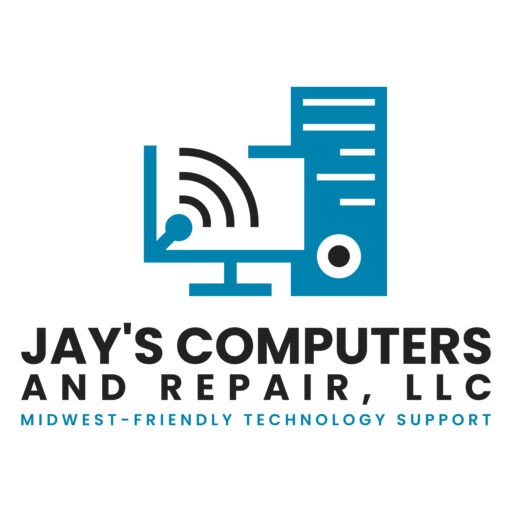It used to be that ‘virus’ was the word de jour when it came to a computer that was infected – running slow, popping up ads, sending emails without your knowledge, or even deleting files.
Nowadays the word ‘virus’ has been deprecated and replaced with the general term ‘Malware’. Malware consists of many different types of bad software that can be installed on your computer, usually without your knowledge or intervention. Types of malware include spyware, ransomware, adware, or scareware. Let’s break these down into their respective categories.
Spyware
Spyware is software that is designed to get onto your computer and then send that information to a third-party all without your knowledge. It is designed to look for things like passwords, account information including credit card numbers and social security
numbers, e-mail addresses, and anything else that the author may deem important. This software is usually easy to detect and remedy with too
ls like Malwarebytes or CCleaner. In some cases though a professional computer repair person will need to eradicate the spyware using different methods. In rare cases the only way to get rid of very pervasive spyware is to wipe the computer and reinstall the operating system to ensure that it is clean.
Ransomware
A particularly nasty bit of software, ransomware encrypts your files so that you cannot read them. Then, the attackers will send you to a website to get the unlock key for a fee, usually 1 to several Bitcoins (a bitcoin is a virtual currency that can be converted to dollars through various exchanges. Bitcoins are, for the most part, untraceable, which makes them a great currency for anonymous payments). If payment is made before a set deadline (usually 3 days but this differs among various ransomware authors) then you are sent a key which can be used to digitally unlock your files. If payment is not made or is made after the deadline, your files are lost forever.
Ransomware has hit many institutions hard, including hospitals, police departments, schools, and individuals. The only way to prevent ransomware from infecting your computer is to have current, usable backups that are kept separate from your computer (ransomware can infect attached backup disks as well, even those connected by network). There are different ways to prevent getting ransomware – the most common prevention method is to not open email attachments from people you don’t know. Another way to prevent this is to avoid downloading software from sketchy websites.
Removing ransomware is tricky and usually involves wiping the computer completely and starting over since many of the files are completely gone.
Adware
Adware is fairly self-explanatory: It shows ads on your computer, typically in the form of pop-ups that appear one right after the other. When you click on an ad, whether on purpose or inadvertently, the adware author gets a cut of the ad money. Thus, the more  ads that are out there, the more money the author stands to make form those clicks. Adware is usually easily detected and removed with the right tools. In rare cases the computer may need to be wiped to eliminate it completely.
ads that are out there, the more money the author stands to make form those clicks. Adware is usually easily detected and removed with the right tools. In rare cases the computer may need to be wiped to eliminate it completely.
Scareware
Scareware is designed to make you think that your computer is infected when it might not be. Scareware will pop up windows appearing to be form your computer stating that your machine is infected and you need to call Microsoft Technical Support (or another made-up company that sounds official) to purchase software that does not work and costs a lot of money. In some cases your computer may even start talking to you and use threatening words like infection, loss of data, immediate, etc. Scareware can be ignored since it is not a direct infection on your machine but rather an advertisement that is dressed up to look official. I usually recommend that people who have these pop up on them reboot their computer and avoid going to websites that host ads like these.
So how do I get rid of it?
Malwarebytes is my first choice when it comes to getting rid of malware. The free version is good for a first-time scan to rid your computer of unwanted malware and other annoyances. Purchasing the full version gives you better protection.
CCleaner is also adept at removing malware but it requires a more advanced level of knowledge to use properly. I only use it in instances where there’s a severe infection as a last resort before wiping the computer completely and starting fresh.
Wiping the computer consists of backing up important files, formatting the disk, and reinstalling Windows or OS X completely. This is guaranteed to get rid of malware and usually ends up in a speedier computer since it is fresh. I consider this the nuclear option since it requires a recent backup and a fair bit of time to accomplish.
If you suspect that your computer is infected, don’t wait! Contact Jay’s Computers and Repair today for a free assessment of your computer at your home or place of business!



